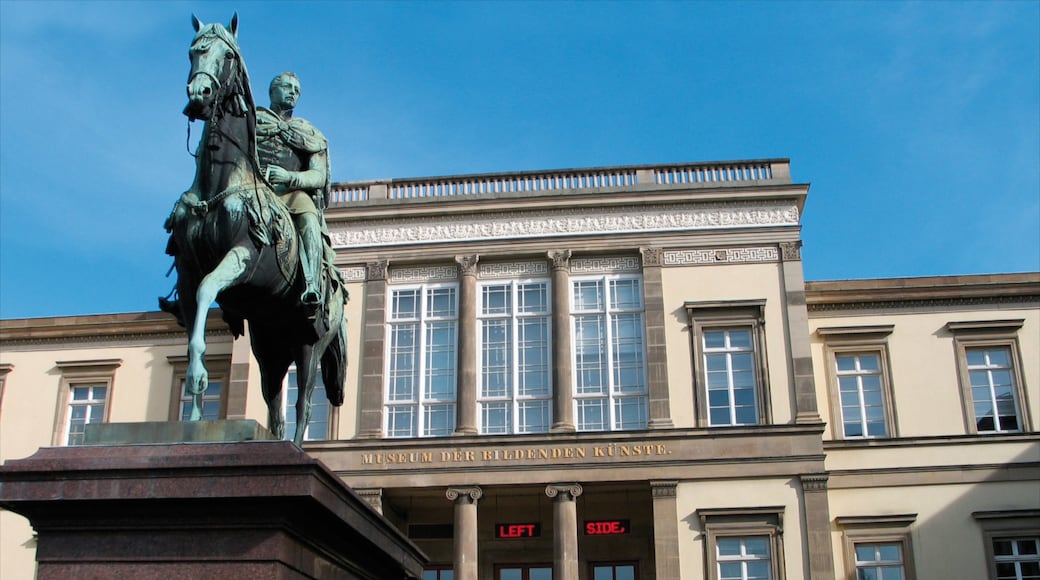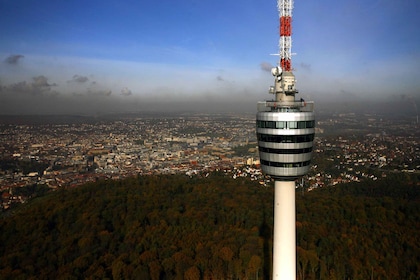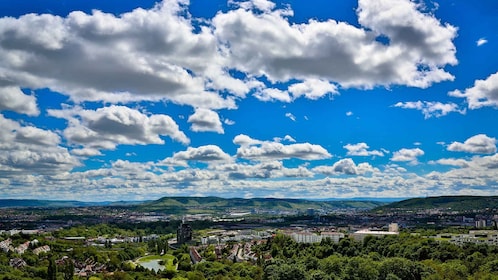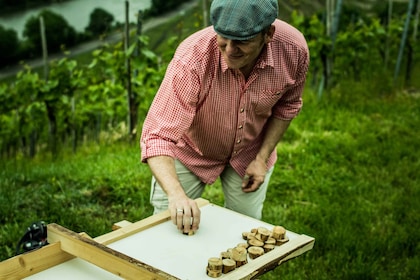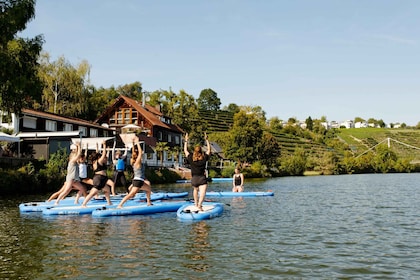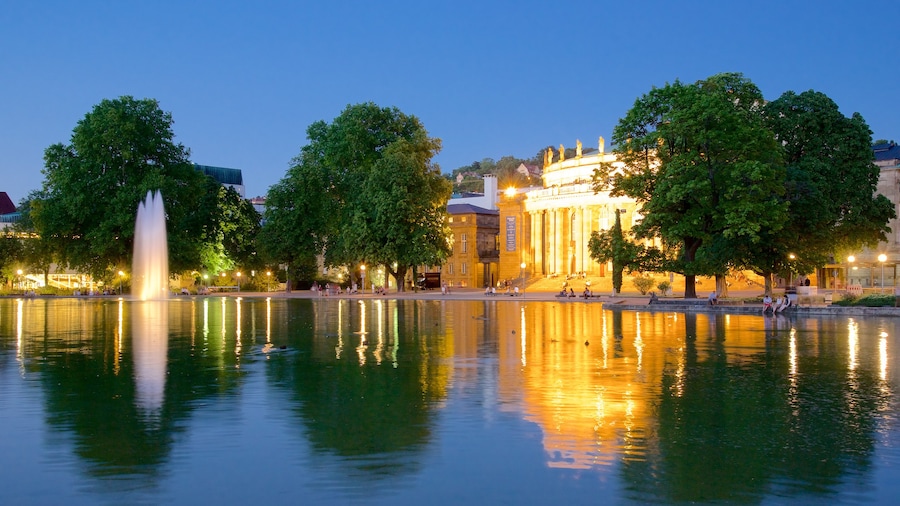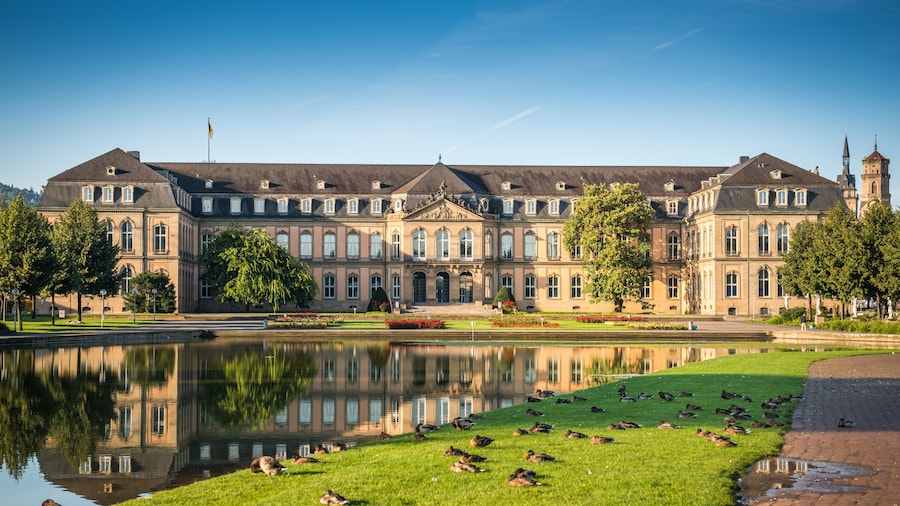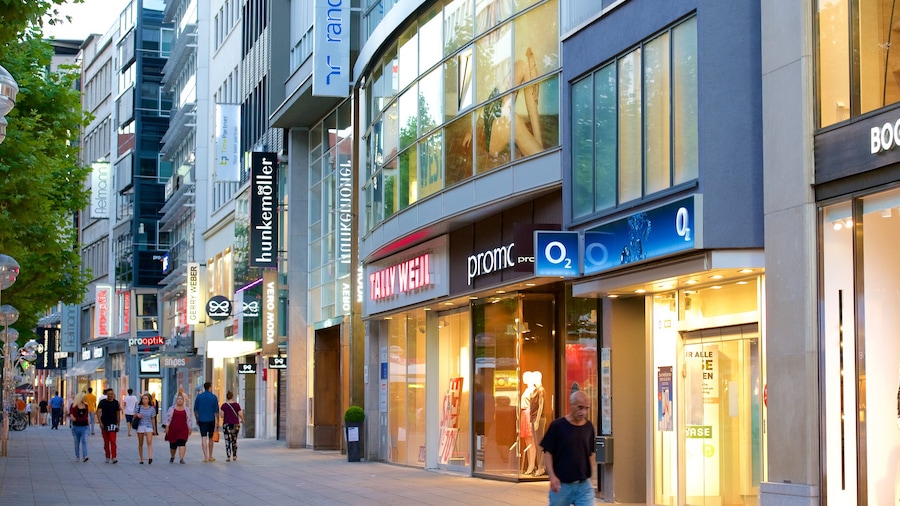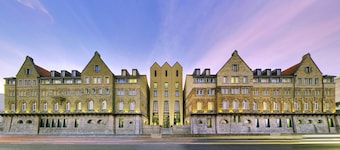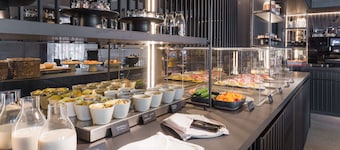Browse through international art from eight centuries that includes the work of some of the most creative artists in history.
From Holbein to Dali, Perugino to Picasso, the State Gallery covers centuries of art history. Around 5,000 paintings and sculptures cover significant art movements and periods including the Italian and German Renaissance, cubism and surrealism.
The gallery is a three building complex that encompasses the Old State Gallery and the New State Gallery. Before making your way inside, pause to admire the building’s architecture with its curved glass façade.
At any one time there are several hundred works of art on show in the permanent collection and a revolving series of temporary exhibitions. Exhibits are arranged according to periods and are spread across the three buildings.
Start your visit on the first floor of the old building with a look at early German painting from 1350 to 1550. Examine religious works such as the Herrenberg Altarpiece, painted in 1519 by Jerg Ratgeb. View Dutch and Flemish paintings from 1480 to 1700.
Make your way to the upper level of the old building for the large collection of Italian paintings. Study the 44 scenes from the Apocalypse of John the Evangelist, considered to be among the gallery's most important works. Appreciate the work of European masters such as Claude Monet, Auguste Renoir, Pablo Picasso and Paul Cézanne.
Visit the sculpture garden in the open-top rotunda, an enclosed outdoor space. Go to the Graphic Cabinet in the Stirling Building. Here, exhibits are drawn from the gallery’s collection of more than 400,000 illustrations, watercolors, photo art and posters. There are pictures and prints from the 18th to the 20th century including pieces by Andy Warhol and Gerhard Richter. Familiarize yourself with masterpieces from the last century in the exhibit halls of the new building.
The State Gallery is open every day except Monday and there are extended hours into the evening each Thursday. Children and students up to the age of 20 get in for free.
The art gallery is situated in the center of Stuttgart, close to Charles Square and served by several bus and underground routes. Pay to park in the State Gallery’s underground car park.
